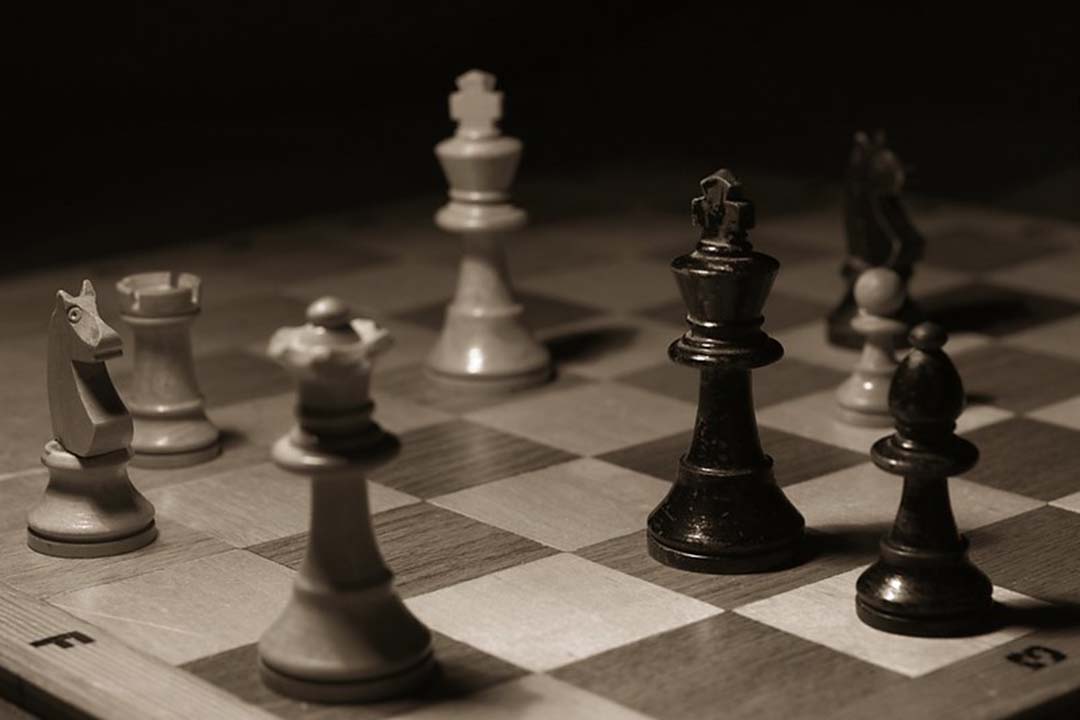While most games have a solution — a definite way to win or draw — chess has so far evaded such a solution.
The shortest registered game in professional chess history between two chess grandmasters was played between Amedee Gibaud and Frederic Lazard in 1924 Paris and was completed in four moves, whereas the longest game in chess history was between Ivan Nikolic and Goran Arsovic in 1989 Belgrade, which was a draw after 269 moves played over 20 hours.
So what does “solving chess” mean? It is the devising of an optimal strategy by either player to play the game in such a way that it forces a win in their favour or at least a draw. For chess, it involves finding a pragmatic solution to a game with near infinite possibilities, given that there are no illegal moves, and no mistakes made by either player. Trying to find one definite answer for something as vast as chess — a game of pure strategy and possibility — is an incredibly ambitious goal, and one that we may not have the technology for just yet.
Mathematically speaking, if there are a finite number of possibilities to something, using technical knowledge of permutations and summations, we should be able to find a solution. But even math fails us when it comes to chess, and here’s why.
Based on some rigorous calculations of an average game length of 40 moves, it was found that each game shows one of 10123 possibilities of how the game could have been played, but this number drops to 1040 if we only consider reasonable moves. 10123, known as the Shannon number, is a lower-bound estimate of the game-tree complexity of chess that explores every possible variation of a game. In this way, based only on the first move, we can find all the possible solutions of a chess game that had ended in a draw — that is, if you’re patient enough to go through 10123 possible solutions.
In 1995, Steven Edwards, a computer chess programmer, introduced a concept to try and find the end to a seemingly endless game; this was called “endgame tablebase(s),” where a computerized database of all possible endgames for chess were created and stored. A particular tablebase, the Lomonosov endgame tablebase, has technically “solved” chess with a few pieces by finding all the possible endgames for their game with seven or less pieces.
What is the answer?
The answer to the solution of chess depends heavily on the question we’re asking. If chess is a game of competition between two sides, every grandmaster win in history is actually a solution. If chess is a program with the aim to devise all possible combinations and their definite answer, then the possibilities are too many to count and analyze, and there is no way to solve chess yet.
Basically, the ‘solution’ to chess is that there is no one solution, and there will never be only one solution. Like humans and their fingerprints, every game of chess, at every move, becomes unique in itself. In fact, after only a few moves, a game of chess could become a unique variation that has never been played before. It creates a world of mathematical possibilities and exam questions, but leaves no room for math to solve it.


